The published music is like a diary that records the mood or special event of a time, and when you hear the pieces later, they remind you of that time. (Joachim Spieth)
Contents
1. Portrayal
2. Top 3 of the artist’s music
3. A mix you shouldn’t miss
4. Interview on a selected topic
5. Links
“WHATEVER“
“Bewitched”‘s character Endora might have been the first to use this expression in a 1965 episode, where she exclaimed “All right, whatever” to her daughter. Another sorcerer, slightly fresher, often uses the slang term, to end a complaint about the music industry or about the deterioration of the living conditions as a DJ/producer. “Whatever,” says Joachim Spieth, meaning “No matter what’s going on around me, I’ll keep on making music, because this is what motivates me to wake up every day.”
Only a few people know it: “Whatever” is also the name of a guitar music duo Joachim Spieth used to be part of during his school years. He was playing the bass, while his mate was on the guitar and lyrics. The two musicians were inspired by the grunge and alternative rock scenes; Red Hot Chili Peppers, Nirvana, Mudhoney, Soundgarden. At that moment, none of the two was interested in dance music which, for them, sounded “cheap”, like for most rockers.
A compilation released in 1994 changed it all: “I thought that electronic music sounded cheap because I only knew the hard trance stuff, such as Blümchen or other Eurotrash tracks broadcasted on the radio. I was a musician playing bass and guitar, evolving in a different background, and the dance music was too plastic for me. Then a friend made me listen to the compilation “Artificial Intelligence II” on Warp. It impressed me and I realised that the options in electronic music were much more diverse than with the guitar.”
Spieth opened the electronic music door and never closed it since then. He dug into the discographies of Aphex Twin, the label Kompakt – formerly known as Delirium – Basic Channel and its sub-label Chain Reaction, then Richie Hawtin’s two projects Plastikman and Concept 1 that he comments: “Hawtin’s early releases built the ground for what everybody more or less is trying to do or is still following up on today. It doesn’t mean that others don’t do something new, but I think it’s the root for this music that I’ve been also leaning toward.”
After some time, Spieth bought a Roland MC-303 and started to play around with looped samples. He remembers: “During the holidays at school, I was always working to get some machines, the Roland MC-303 was the first one and after some years, I had a bit more equipment. “Whatever” ended because each of us lost the desire and was enjoying experimenting on his own, which was less constraining. It allowed me to isolate myself, save a lot of time and experiment.”
In parallel, Spieth was DJing in another friend’s room for hours during the weekends. Together, they started playing a few gigs in Stuttgart in 1996 and also had a slot in a radio show. Ambient, techno, instrumental hip-hop, drum’n’bass, electro, their style was pretty eclectic at that moment, like for most DJs of that time. For Spieth, mixing and producing were parts of an indissociable whole: the growing passion for electronic music in its various forms. After some years of studying the gear and programming, he sent demos to Kompakt and a first EP was released in 1999.
Things slowed down in the 2000s, Spieth being busy with a mission in a hospital and his studies in Information Science. It didn’t stop him from releasing a first album on the defunct label Onitor, as well as his very first remixes. Then, after some extra work for Kompakt, he got invited to co-manage Paso Music: “At Paso, we had an email address somewhere and I took care of the demos.” Having more talented artists to handle than necessary, Spieth decided to create a second label, Affin. He then left Paso after a while to invest his full time for Affin.
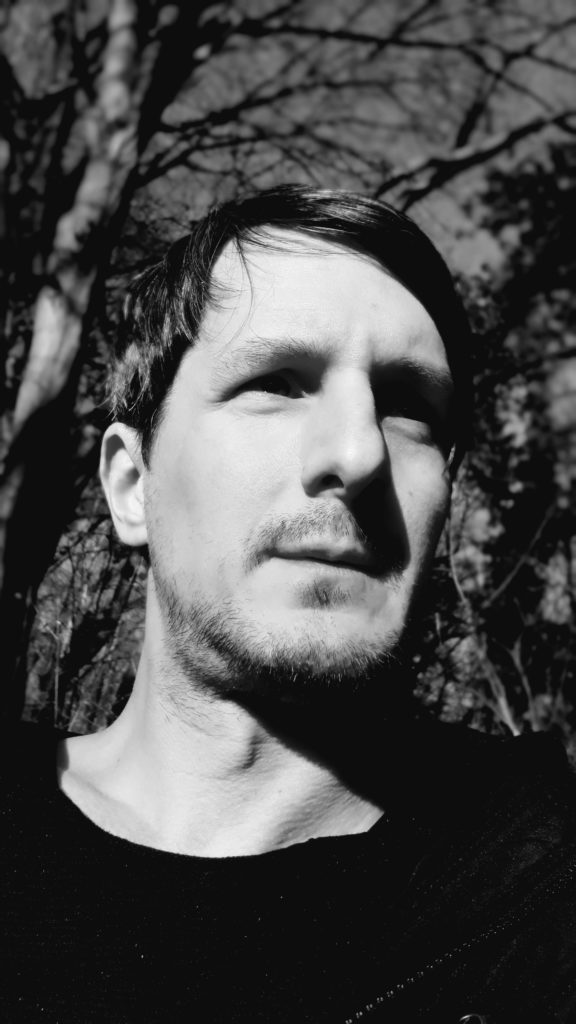
From 2008 to 2011, Affin didn’t really have a guideline, else than Spieth’s value to highlight the quality of the music. The label was open to various genres from ambient to deep house to minimal techno. With already 100 releases in 2011, the success was growing fast. In a very natural way, the label then took mainly the path of techno, following Spieth’s preference, with a great push during the 2015 label showcase in Tresor.
Later in the same year came a drama in Spieth’s life: painful times that forever changed his conception of music. The wound led him to go deeper musically, way deeper. Encouraged by his close friend Reggy van Oers, who was already showing impressive artistry in the deep techno realm, Spieth gave Affin its new and final direction, focusing on profound sonorities and atmospheres.
In 2016, the ground was set with Spieth’s two EPs “Evaporate” and “Layer“, which then paved the way for his acclaimed 2017 album “Irradiance“: “The two EPs somehow introduced my album, because it’s with them that I found the way, the technique to build the tracks, to make the effects, that are then developed in “Irradiance“”, he says.
It’s with these important releases that Spieth also got to know the talented Gio from Artefacts Mastering, who became Affin’s official sound engineer. Spieth remembers: “Reggy recommended me Gio. The music sounded much better with him. Moreover, he was interested that I could come by his studio, to see and listen to the progression of his work, while most sound engineers refuse to be visited during the mastering process. So it was more personal, and during the last years, I learned a lot from him, what his musical vision is, how he listens. It had an impact on “Irradiance“, and then on “Tides” and “Ousia“. With Gio, I discovered that the process of mastering and sound processing is maybe the most powerful tool to make a difference between productions and shaping your own sound, not only with what you compose but also how you place it in the stereo, how you process every single element and layer”.
In the last two years, Spieth returned to one of his first loves, ambient music, with “Tides” and “Ousia“, as a way to refresh his creative process. The smoothness of the tracks matches his romantic side, a bit less with his hyperactive lifestyle, dedicated to his label, his music. Over the years, Affin made him become a passionate wizard of networking, evolving in many places: on the Internet, on radio shows, having toured in more than 30 countries, with South Korea being the most memorable one. No matter where he is, Affin lives and expands in his mind. For his label, he has developed infinite care, thinking for instance of his “Focus On” writing series, made to portray his artists, but showing also, unconsciously, that “he focuses on Affin”.
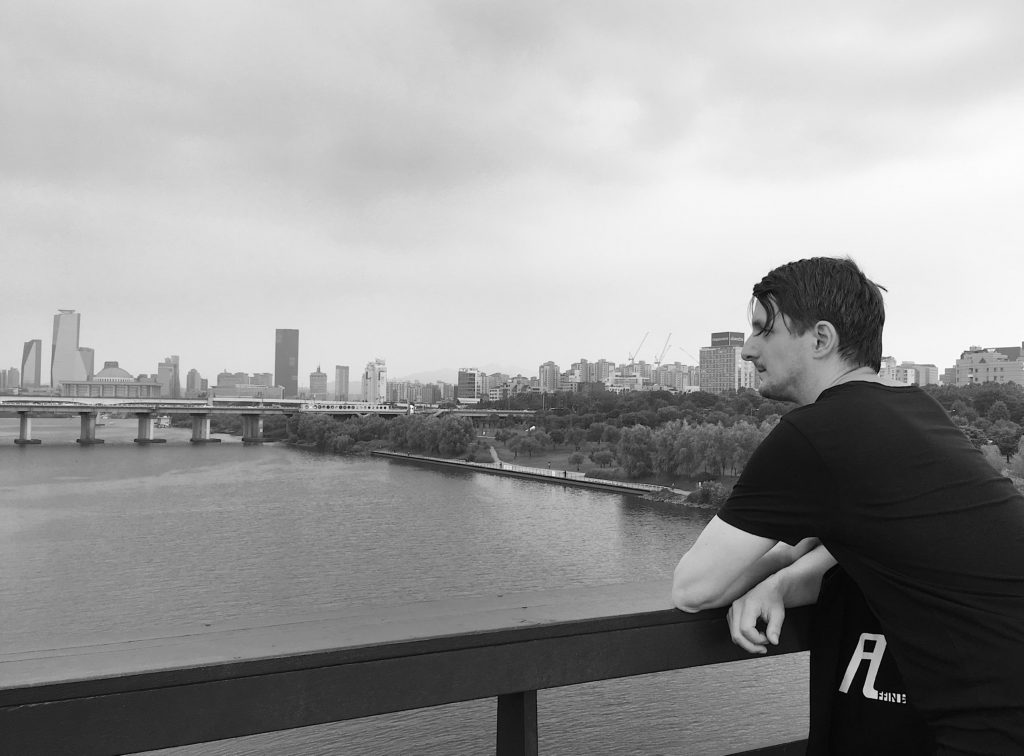
OUR TOP 3 OF JOACHIM SPIETH’S MUSIC
Chart established from his first release until the publishing of this review, in June 2021.
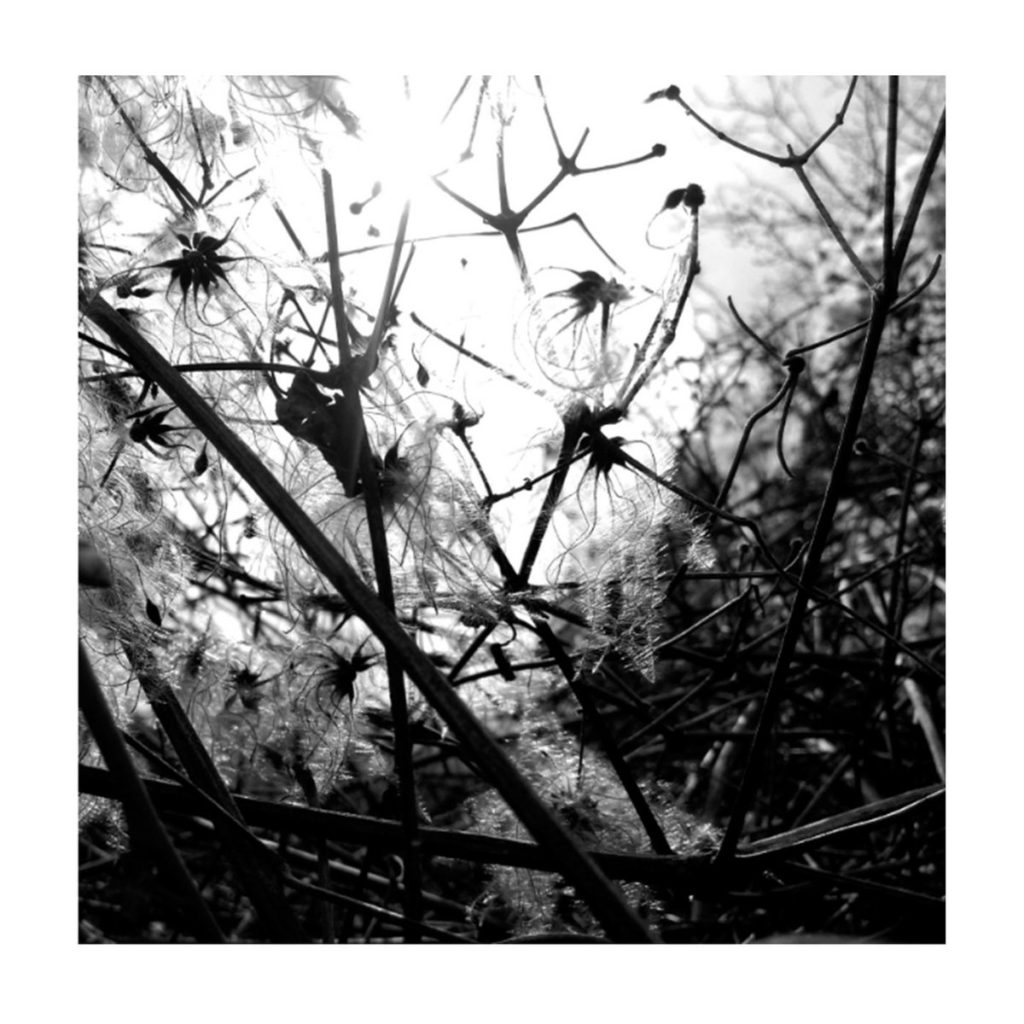
#3
Joachim Spieth – Luciferin
[Affin, 2017]
When asking which track from Spieth’s discography represents the most his sound, “Luciferin” often comes as the first choice in our community. Firstly, it contains all the elements the artist usually accustoms us to: a smooth atmosphere in motion, a well-designed bassline, a subtle balance in the mixing process and efficient hi-hats for the groove. Secondly, “Luciferin” is the main track of “Irradiance“, previewed in the video of the talented graphic designer Jennifer Trees. “Irradiance” has been an important album for Joachim Spieth, but also a resounding one in the deep techno scene. The album – and the track – come with a certain nostalgia: the memory of a particular emotion lived during the first listening, which admittedly partly justifies the presence of this “classic” in this ranking, while being still an obviously superb one.
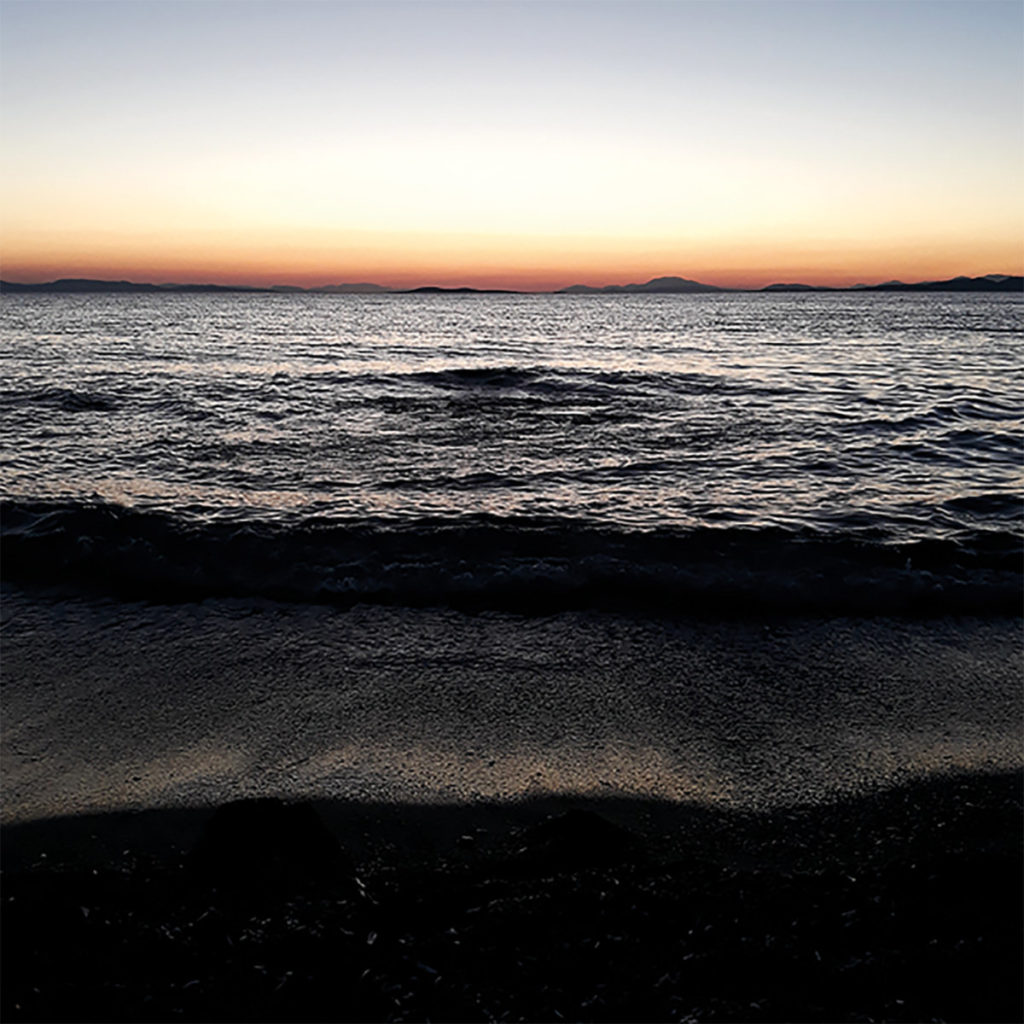
#2
Joachim Spieth – Jiwa
[Affin, 2021]
Spieth has always been recognised by his peers as an important craftsman of the ambient music genre, with a sound signature tainted of smooth ethereal pads in constant flux, well represented in pieces such as “Libration“, recently released on Kompakt’s treasured “Pop Ambient” series.
“Tides“, Spieth’s first beatless album, developed the vibe extensively, with a quasi-monochromic shade, creating a horizontal consistency along the eight tracks. It’s undoubtedly perfect to reach the relaxation state, but with almost no tension, the emotional response can only emerge from the beauty of the tracks themselves, without fuss for the less sensitive listeners.
On the contrary, “Ousia“, Spieth’s second beatless album, relies more heavily on the emotional response than on relaxation, thanks to the implementation of massive sounds and the return of some tension, built through an innovative process explained by the artist: “On “Tides“, I had only filters going up and down but the loudness of the sound was mostly the same, while on “Ousia“, I experimented differently: instead of bringing this back-and-forth motion with the filters, I brought it with loudness and silence. I used different tools, learned how to delete some parts and merge others.”
Such a game of tension lifts up the beauty of the pads and takes your breath away during the listening experience. Among the stunning pieces contained in “Ousia“, “Jiwa”, introduced by the fascinating “Sparsha”, expresses a relentless immensity and impresses in its force and form. For us, the piece represents the most the artistic monument that is “Ousia“, an album bound to have a privileged place in the home’s vinyl collection.
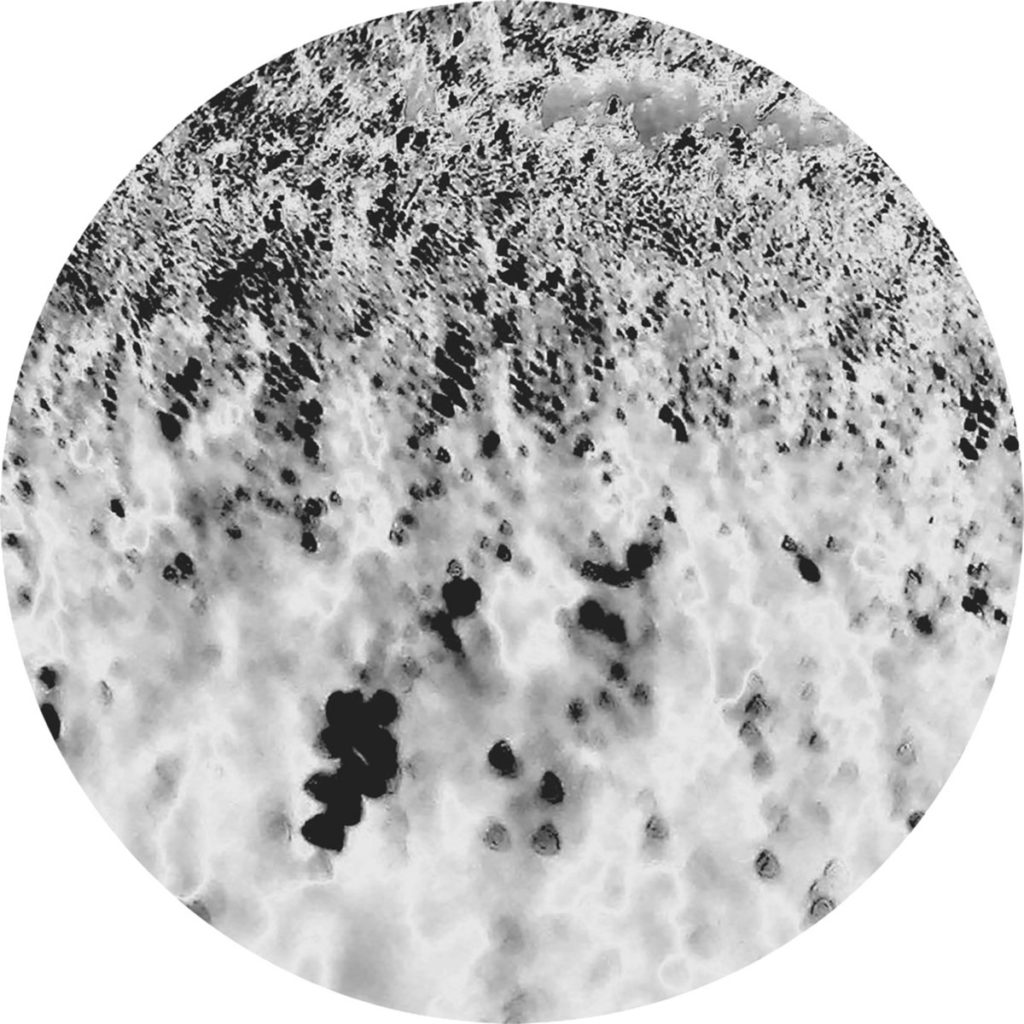
#1
Joachim Spieth & Reggy van Oers – Cirrus
[Affin, 2019]
It’s not because “Cirrus” is also said to be the first choice of Aleja Sanchez, one of our favourite Colombian artists, that it came first in our ranking, even if she produced – what we consider to be – her best track on Affin.
“Cirrus” contains a heavy emotional charge for a track supposed to represent a cloud. In another aspect, “the Cirrus” is a very high cloud, compared to “angel hair” and which “raises the temperature” (thank you Wikipedia). Such a description gives the title a deeper meaning on the metaphorical level.
Anyhow, there are moments in life when time stops: a kiss, a look in the eyes, a sad event, or an insane track which enlightens the full room with its powerful aura: “Cirrus” is a long melancholic lament, but at the same time beautiful and full of hope. It’s also the story of a deep friendship between two grand artists, two worlds that merged together a long time ago to develop the sound of Affin.
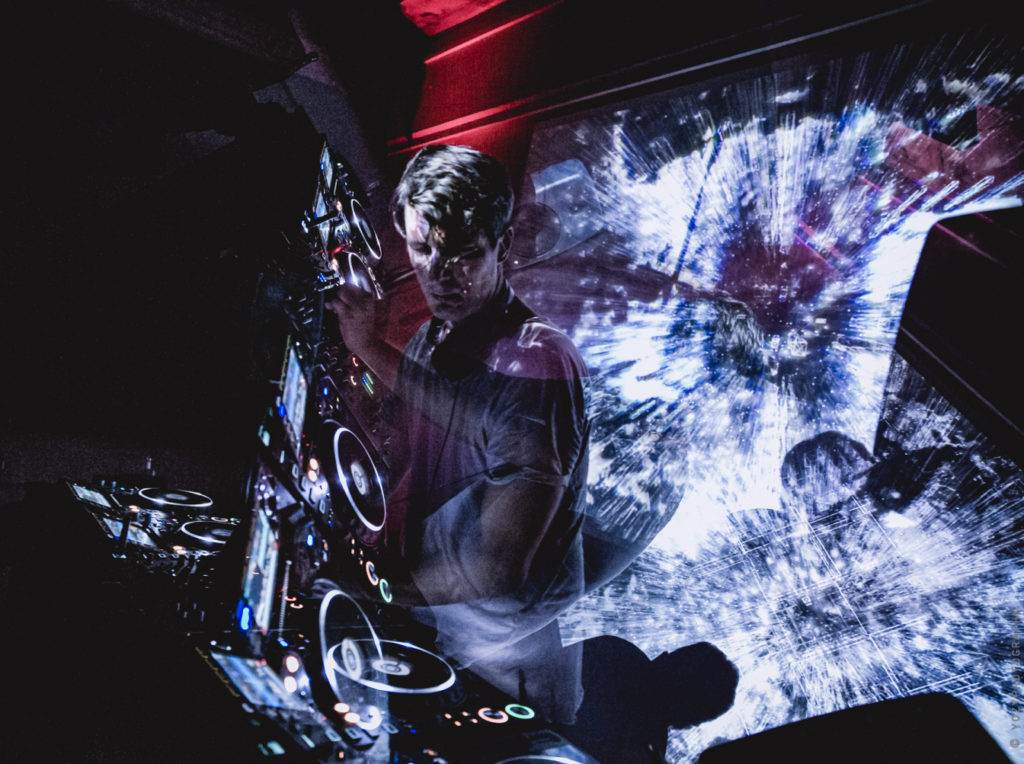
A MIX YOU SHOULDN’T MISS
To the question “What is a great mix?”, an often heard criterion is “A mix containing unknown tracks.” Deep techno lovers will recognise important classics of the genre, such as the tracks from Basic Channel, Porter Ricks and Luigi Tozzi. However, such sounds remain a niche for most listeners and can in no way diminish the quality of the mix. Moreover, Basic Channel, whose track “Presence (Edit)” marks the overture of the journey, has been a particularly inspiring duo of artists for Spieth, who brought them in his intro in an obvious nostalgic gesture.
Such considerations are in fact quickly forgotten during the listening experience, the tracks matching so well with each other in the creative process of a very consistent journey.
Technically, Spieth is a notorious master when it comes to mixing layers together, as a legacy of his long years spent in the studio and behind the decks, in both the techno and ambient music genres. His transitions are therefore perfectly achieved, unsurprisingly. We enjoy in particular how long each of them is and the extremely subtle use of the EQs.
The track selection comes with a lot of surprises: tracks that are naturally built to create great tension, such as DBX’s “Losing Control” and its murky vocals, or Linell’s “Nylon Metal” and its incisive percussions. The global energy follows brilliantly the “mountain pattern”, with an explosive climax at 45:33. The mix then slowly begins its descent, while keeping the tension with an interesting rise of minimalistic vibes. As a result, the listener can only experience high emotions, being constantly shaken between intense hypnotic vibes.
Spieth brought for sure an amazing work to the Oslated Mix series, containing many other resounding journeys.
TRACKLIST
(Please buy the tracks to support the underground scene with us)
1. Basic Channel – Presence (Edit) [Basic Channel]
2. Edit Select, Dustin Zahn – Tunnels (Dub) [Enemy Records]
3. Porter Ricks – Nautical Nuba [Chain Reaction]
4. Denman – UHF #3 [Edit Select Records]
5. Luigi Tozzi – Cohuhätl [Hypnus Records]
6. Side Liner – Blind Project [Koslif]
7. Droneghost – The Stream 3 [Aarden Records]
8. DBX – Losing Control [Peacefrog Records]
9. ALPI – In Your Inner Sea (Edit Select Remix) [Planet Rhythm]
10. Anthony Linell – Nylon Metal [On The 5th Day]
11. Mike Parker – Drain Hum [Geophone]
12. Denise Rabe – Drop It (Kwartz Remix) [Rabe]
13. Porter Ricks – Nautical Dub [Chain Reaction]
14. Einox – Modern Tribe [Subosc Records]
15. Psyk – Panic Attack [Tresor]
16. Hendrik Van Boetzlaer – Modulations D’Amplitude [Dement3d]
INTERVIEW ON A SELECTED TOPIC
Joachim Spieth shares his creative process.
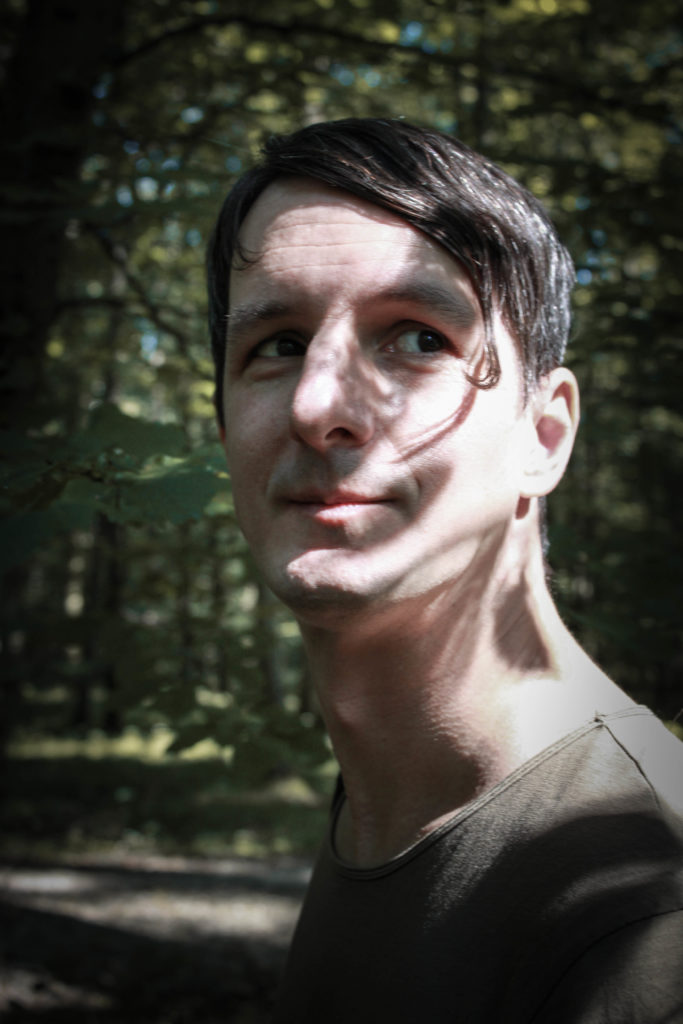
Ambient music has always run in your veins, but what exactly made you privilege the beatless path over techno since 2020 and which ambient-based communities do you feel the most connected with today (and why)?
I did indeed produce ambient at the beginning of my musical career, in the Kompakt release “Pop Ambient 2001” for instance. This interest never stopped, even though I didn’t release anything comparable a few years later. Strictly speaking, I reexamined my musical preferences in 2015, which was clearly audible on my EP “Evaporate“. At this point, I began to unite my own musical origins and history with the “now”. My “Irradiance” album was a credible embodiment of this and moved me forward noticeably, because it documented my musical work to date, from ambient to broken beats to a few techno tracks. I blurred the imaginary line – that some people draw – between ambient soundscapes and techno. It sounded authentic and felt good. After a few more 12″ projects, such as “Luminophor“, “Noctilucent” with Reggy Van Oers or “Astral Plane” – which also contained distinct ambient tracks – I realised that everything had been said for the moment and I wanted to move further into the sound as such. It’s always good to evolve and not stick stubbornly to one format, so I thought that now was simply the time to mute the bass drum. I recorded the album “Tides” in 2019, and when it came out in 2020, it was the perfect time for me. The album has since sold out, opened some new doors for me and I’m happy to have made this step. 2020 was also the 20th anniversary of the successful Pop Ambient series, to which I added “Meteor“… At the beginning of this year, I released “Ousia“, another ambient “only” album, on which I tried to work more with wave-like sound structures, in contrast to “Tides“, which is rather constant in terms of volume throughout… Through the Affin label, which I have been running for more than 13 years now, I am still present in the techno context, signed some new people and as I said before, I don’t feel the demarcation of the two genres like others do… I feel connected to the 9128 or Headphone Community, the people from Calma (Madrid), vurt (Seoul) or Art Bei Ton (Berlin) who are all stylistically open and create an event-related bridge between the club and listening. In addition, I have been working for some time on a format to be able to present my ambient music live, whenever that will be, and we’ll see where… So here, too, my aim is to make progress, to try out new things. The DJing has apparently been done for the foreseeable future, let’s see how the nightlife gets back on its feet.
Please bring us into your creative process behind “Sparsha” and “Luciferin” in particular to show us how different your approach is when it comes to producing ambient or techno music.
“Sparsha” is a very special track that I chose as the opener for the “Ousia” album for a reason. Funnily enough, it was created rather spontaneously in its basic form, but it did involve some post-processing. Similar to “Luciferin“, I was able to completely free myself mentally from any expectations and cramped actions. Both tracks were simply created in the “flow”. Both express a strong emotional signature in their own way and have exactly the amount of sound and details that are needed not to get boring, but to leave enough space. When it comes to my music, I don’t have an absolute image in my head that I have to live up to. Letting go and forgetting are the real keys to this and whenever I succeed, it just works. Even if you listen to both tracks one after the other, I don’t think their essence is extremely different. You just work with other stylistic devices.
About the difference between Ambient and Techno: The “Irradiance” album works with the same sound fundus for all the tracks, the focus is simply different for the individual one, but the pool of sounds was basically the same for the eight pieces, so the album is relatively uniform, although you can never clearly and unambiguously recognise that it is exactly the sound from the previous track.
Your surrounding world can have a strong impact on your music, which expresses your deep inner being most of the time. Please bring us examples of tracks that have directly been inspired by people, events and/or environments and show us how.
Yes, that is indeed true. The published music is like a diary that records the mood or special event of a time, and when you hear the pieces later, they remind you of that time. Similar to a photo, only more abstract. I have always found it to be an inestimable asset to be able to conserve emotions. Well, I could add several tracks here, but limit myself to a few.
“vurt“, for example, was created in the days after my first tour of Asia. I was overwhelmed by all the impressions and so the track was created relatively spontaneously, which I then named for the club.
An older piece called “Evaporate” contains a turning point for me, because it came about after an almost one-year blockage and you could breathe the fresh air. With this track, I used a system for the first time, which served as the basis for the approach of my productions in the following years.
The “Noctilucent” EP with Reggy Van Oers, on the other hand, was due to a personal connection, and “Cirrus” also stands out here because it’s stylistically most distinct within the EP.
You are currently diversifying your productions in many ways, including the creation of a sound library. Please introduce this project: its genesis, goals and how you prepared it.
I had the idea of creating a sound library some time ago. It’s an exciting idea to focus on a sound, to try to create elements that can then be used by others to compose new music. In contrast to the production of a piece of music, this is a completely different approach, because, on the one hand, you want to provide a wealth of sound information that someone else can use musically, but the resulting sound should also leave space to allow something to develop around it. Filter movements may be present, but never become too dominant, because that would restrict and limit the usability of the sound too much. As for the question of how close I can stay to my own sound: still it can stand for itself and be used in different musical contexts. All of that was exciting in the development process.
The result, I think, was an interesting project. The sounds can be used and combined in a variety of ways. I recorded a small demo arrangement, of which there is also a video trailer. Within this clip, I am experimenting with eight or nine different sounds that are all part of the library. I made sure not to use any other effects, but simply to experiment with the sounds themselves to show what is possible with them. So far I’ve only had good responses to it.
In addition, I hope to bring the joy of experimenting closer to music creators, because nothing is more boring than producers who simply want to get tracks ready quickly without getting involved in the sound design.
LINKS
WRITING BY: CEDRIC FINKBEINER | 12 JUNE 2021


